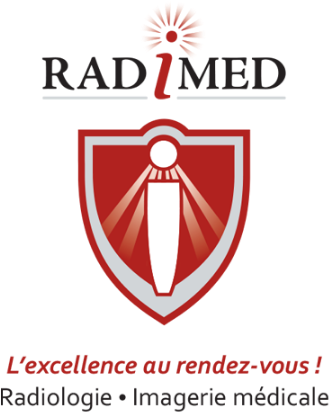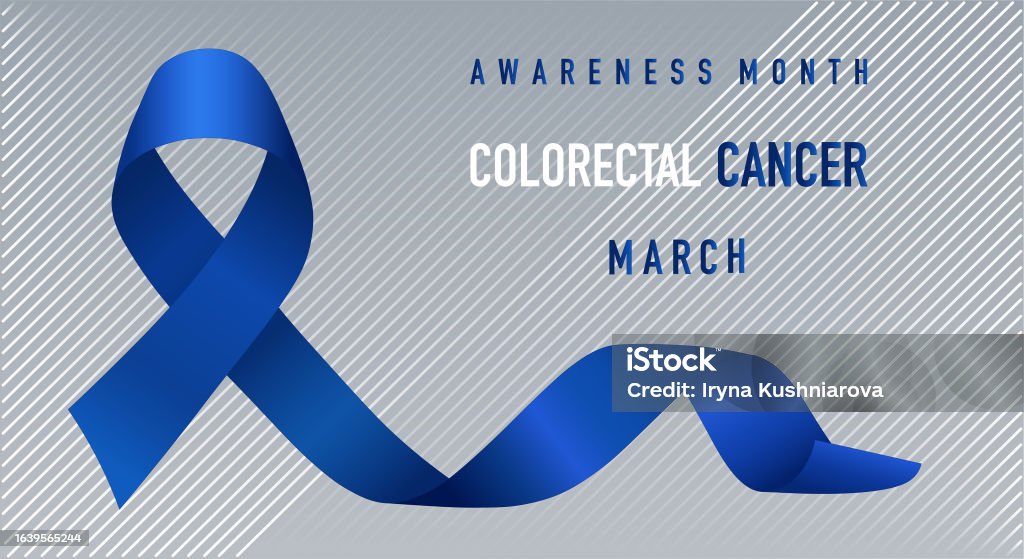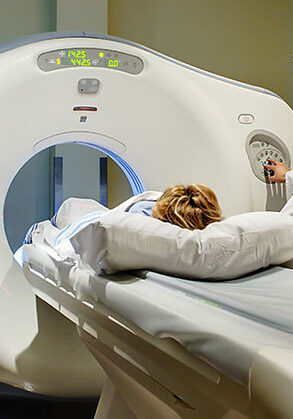Understanding Crohn’s Disease: Symptoms, Stages, Complications, Treatments, and Perspectives
Crohn’s disease is a chronic inflammatory condition, primarily affecting the digestive system, which can affect any part of the digestive tract from the mouth to the anus. This disease is of unknown origin, autoimmune in nature, with a suspected exogenous cofactor. It can manifest with varying extent, intensity, and duration, potentially leading to serious complications and significantly impairing the quality of life of those affected. In this article, we will explore the essential aspects of Crohn’s disease, from its symptoms to its treatments, including the stages of the disease, complications, and long-term outlook.
What is Crohn’s Disease?
Crohn’s disease belongs to the category of chronic inflammatory bowel diseases (IBD). It is characterized by variable and persistent inflammation of the gastrointestinal tract, which can affect any layer of the intestinal wall. Unlike ulcerative colitis, another IBD, Crohn’s disease can affect discontinuous parts of the digestive tract, leading to areas of inflammation interspersed with healthy intestinal tissue.
What are the Symptoms and Signs of Crohn’s Disease?
Symptoms of Crohn’s disease vary from person to person, but they typically include:
- Abdominal pain: Severe pain, often localized, cramp-like or continuous, mainly in the lower right abdomen.
- Persistent diarrhea: Sometimes bloody when the large intestine is severely affected.
- Weight loss: Caused by inadequate absorption of nutrients resulting from inflammation and lesions present in the gastrointestinal tract, as well as complications such as fistulas and strictures.
- Loss of appetite: Loss of appetite may result from multiple disease-related factors, such as intestinal inflammation, painful symptoms, complications, or even treatment side effects.
- Fever: This can result from systemic inflammation associated with the disease, as well as complications such as infections. It remains nonspecific as it may depend either on the infection itself or on superinfections.
- Fatigue: Resulting from chronic inflammation, possible dehydration, and malabsorption of nutrients.
- Anal fistulas and fissures: Possible disease-related complications. These lesions can cause symptoms such as pain, bleeding, and local infections.
What are the Stages of Crohn’s Disease?
Crohn’s disease can evolve at different stages, ranging from mild to severe. The main stages include:
- Mild to moderate stage: Occasional symptoms, manageable with anti-inflammatory medications.
- Moderate to severe stage: More frequent and severe symptoms, often requiring immunosuppressive medications.
- Severe stage: Constant symptoms, resistance to medication treatments. Surgery may be considered for chronic, sequela, and compromising cases.
What are the Complications?
• Intestinal obstruction: Intestinal obstruction is a complete or partial obstruction (associated with significant disruption) of the passage of food, liquids, digestive secretions, and gases in the intestines. Obstruction can occur at different degrees and at different intestinal levels.
• Intestinal perforation: Any hollow organ of the digestive system can be perforated, causing the leakage of intestinal contents and can lead to septicemia.
• Abdominal abscesses (infected pus pockets): An abscess is a pocket of pus caused by a bacterial infection
• Fistulas (abnormal channels of communication between the intestine and the skin or other organs): Fistulas between intestinal loops are common due to the transparietal process. They can also open onto the skin or other organs such as the vagina, bladder, gallbladder, pleura, etc.
• Anal fissures (tearing of the skin around the anus) and anal abscesses: An anal fissure is a tear or ulcer in the mucous membrane of the anus.
• Malignant degeneration: Can occur through chronic inflammation and irritation. Some medications can contribute to it.
What are the Treatments for Crohn’s Disease?
Crohn’s disease is currently incurable and is characterized by intermittent symptomatic flares. These flares can range from mild to severe, rare or frequent. With appropriate treatment, most people continue to lead productive lives. The treatment of Crohn’s disease aims to relieve symptoms, reduce inflammation, and prevent complications. Therapeutic approaches are managed by gastrointestinal specialists. They include:
- Anti-inflammatory medications: Such as corticosteroids and non-steroidal anti-inflammatory drugs.
- Immunosuppressants: To reduce the immune response.
- Biological therapy: Using medications that specifically target inflammatory processes.
- Surgery: In cases of severe complications, especially those of a chronic and sequela nature. They generally require close collaboration between the gastroenterologist and the surgeon.
Quality of Life and Support
Quality of Life and Support Crohn’s disease can have a significant impact on quality of life, both physically and psychologically. Managing the disease may require lifestyle adjustments, including dietary changes, stress management, and regular medical follow-up.
Social, family, and professional support is crucial for people with Crohn’s disease. Support groups, educational resources, and open dialogue with healthcare professionals can contribute to better understanding and effective management of the disease.
It is crucial to emphasize that advances in medical treatments, including immunosuppressive medications and biological therapies, have significantly improved disease management and allowed many people to maintain a good quality of life.
What are the Tests Used for Diagnosis, Management, and Monitoring of Crohn’s Disease?
The tests used to diagnose and monitor Crohn’s disease include:
- Direct endoscopy: It allows visualization of the inside of the digestive tract using gastroscopy, enteroscopy, and colonoscopy.
- Medical imaging: This includes computed tomography (CT), MRI dedicated to the small intestine, enterography, MR enterography, and ultrasound. Rectal and anal resonance is also used. Virtual colonoscopy is employed to examine the colon.
- Blood and stool tests: To evaluate inflammation and the presence of specific markers.
Each of the following tests – MRI, CT, ultrasound, colonoscopy, and enteroscopy – plays a specific role in the assessment of Crohn’s disease, providing crucial information for the diagnosis, management, and monitoring of this chronic inflammatory bowel disease. Here’s how each of these tests is useful for Crohn’s disease:
1. Magnetic Resonance Imaging (MRI) (entero-MRI, ano-rectal MRI)
- Advantages:
- Detailed visualization: MRI provides detailed images of soft tissues, allowing clear visualization of inflammation and intestinal lesions.
- No ionizing radiation: Unlike CT scans, MRI does not use ionizing X-rays, which can be an advantage, especially for patients requiring repeated exams.
- Applications in Crohn’s Disease:
- Comprehensive evaluation: MRI is used to assess the extent of inflammation throughout the gastrointestinal tract.
- Continuous monitoring: Allows tracking of disease progression over time, assessing treatment effectiveness.
-
2. Computed Tomography (CT) Scan (entero-CT and virtual colonoscopy)
- Advantages:
- Rapid imaging: CT scans provide quick and detailed images, often faster than other imaging methods. It can identify calcifications and air in abnormal spaces.
- Applications in Crohn’s Disease:
- Visualization of complications: Useful for evaluating complications such as strictures, fistulas, and abscesses.
- Surgical planning: Can assist in planning surgical procedures by providing accurate anatomical information.
3. Ultrasound
- Advantages:
- Non-invasive imaging: Ultrasound offers a non-invasive imaging method that does not require radiation.
- Applications in Crohn’s Disease:
- Visualization of intestinal layers: Allows visualization of layers of the intestinal wall, identifying characteristic thickening associated with inflammation.
- Detection of fistulas and complications: Useful for identifying fistulas, abscesses, and evaluating intestinal complications.
4. Direct Endoscopy
- Advantages:
- Direct visualization: Allows direct visualization of the intestinal mucosa, providing a detailed evaluation.
- Applications in Crohn’s Disease:
- Precise lesion identification: Colonoscopy precisely identifies the location and extent of lesions in the colon and rectum.
- Biopsy sampling: Allows tissue samples to be taken for histological analysis, contributing to an accurate diagnosis of the disease.
5. Capsule Endoscopy (Enteroscopy)
- Advantages:
- Complete exploration of the small intestine: Allows exploration of the entire length of the small intestine, including its distal parts.
- Applications in Crohn’s Disease:
- Detailed visualization: Provides detailed images of lesions and inflammation in the small intestine.
- Evaluation of complications: Useful for identifying complications such as fistulas.









